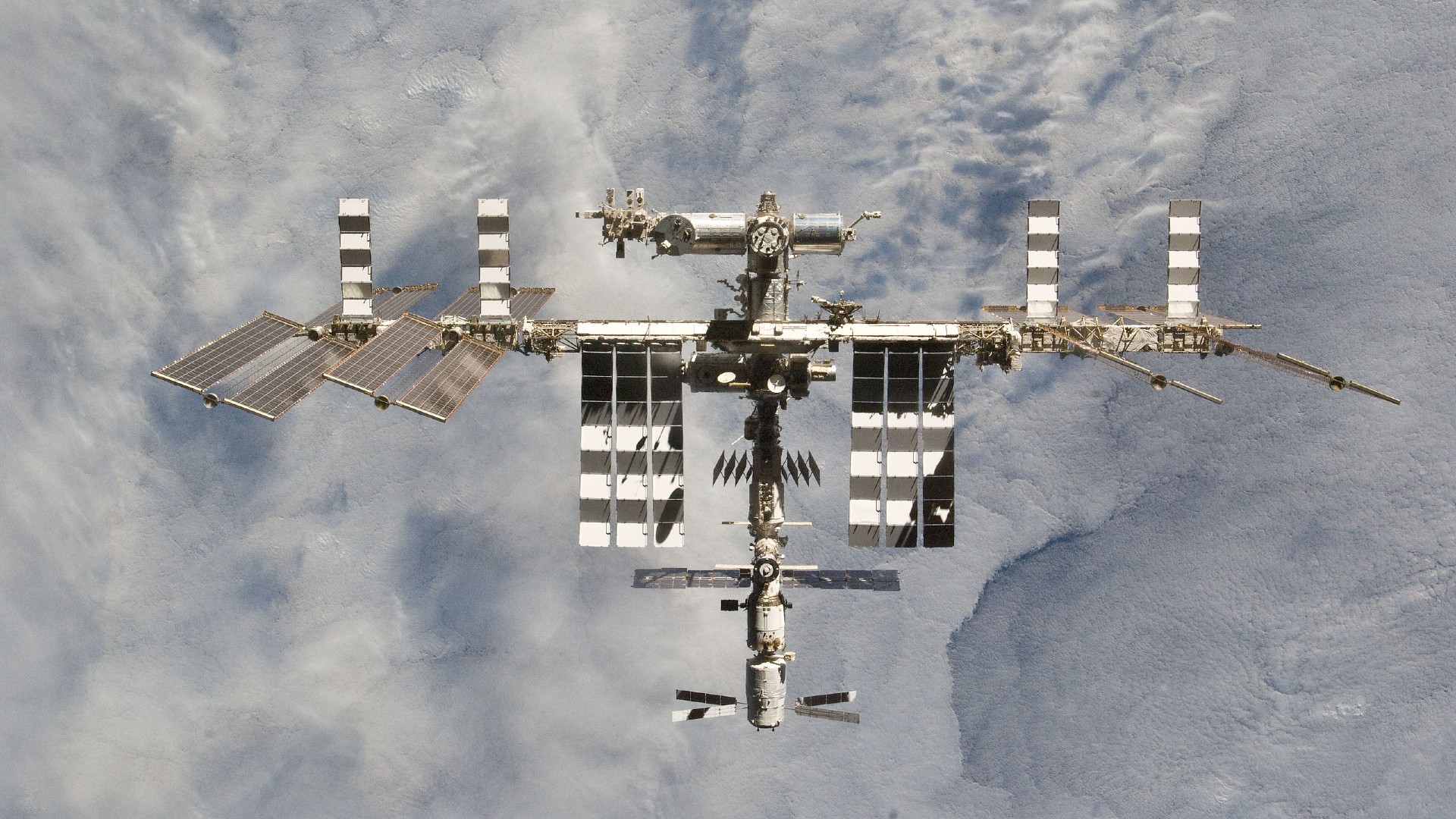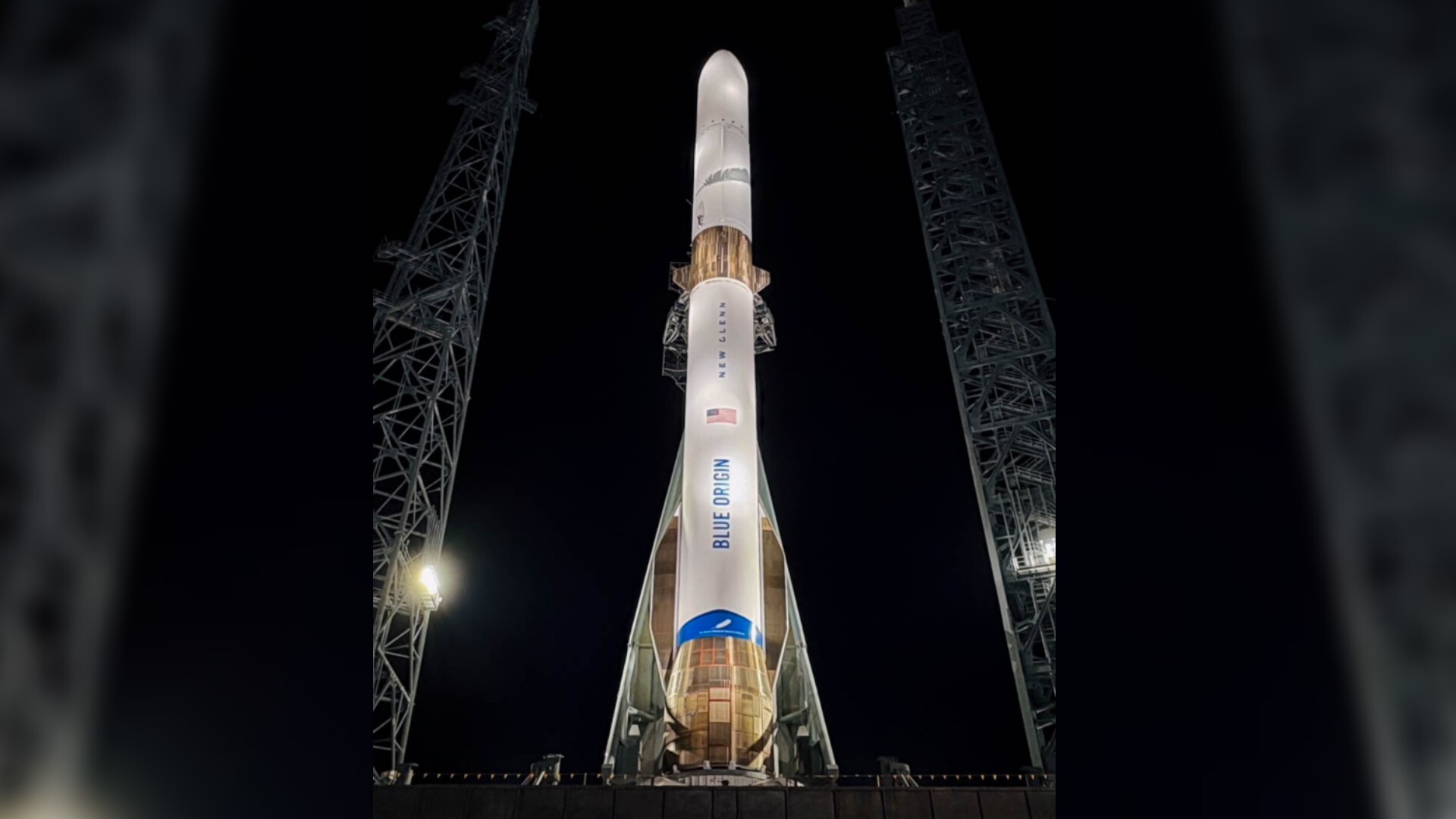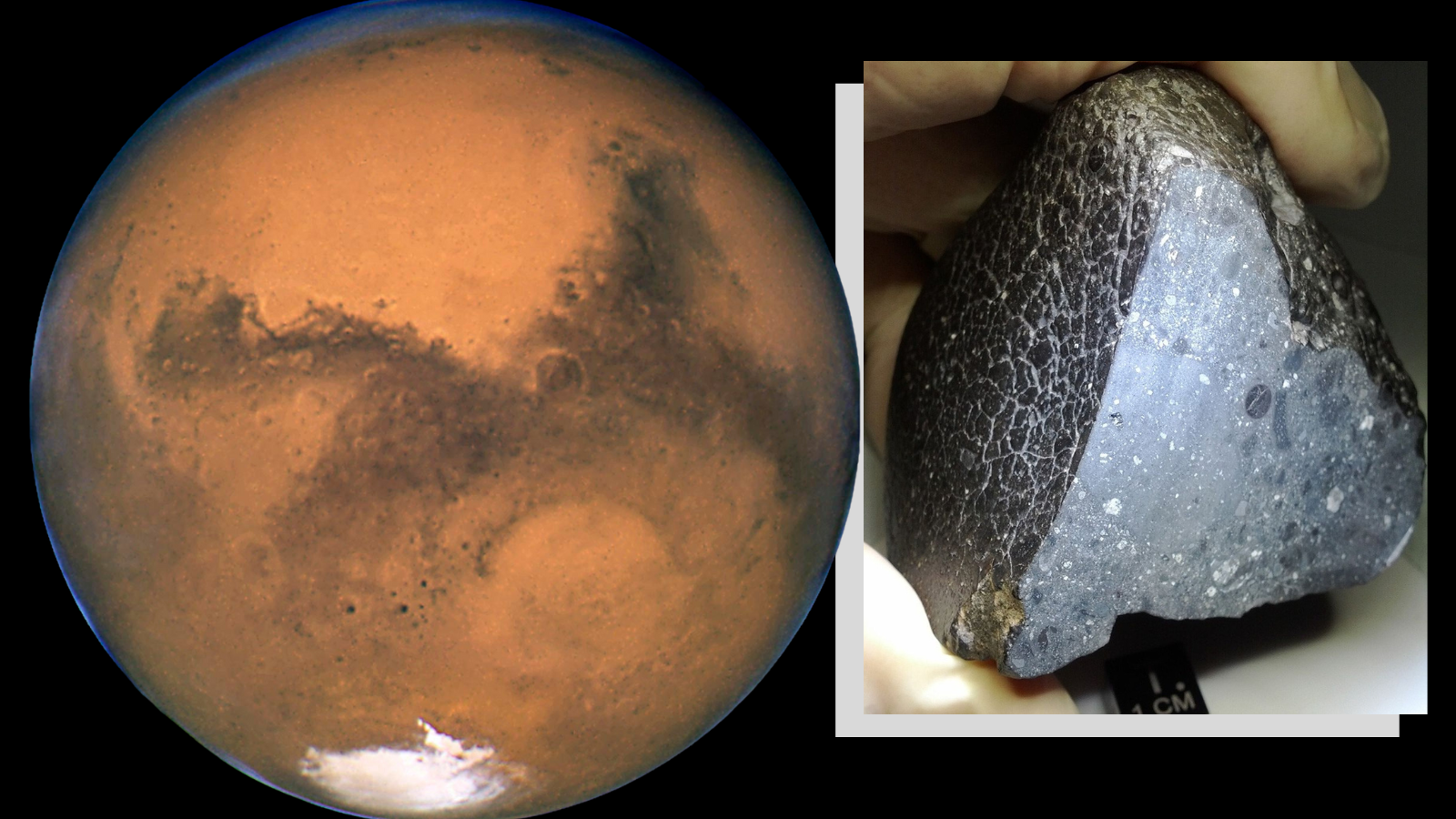The International Space Station took some evasive action on Tuesday (Nov. 19).
A Russian Progress cargo ship that’s docked to the ISS fired its thrusters for 5.5 minutes on Tuesday afternoon beginning at 3:09 p.m. EST (2009 GMT). The goal was to make sure the orbiting complex dodged a potentially dangerous piece of space junk.
“The Pre-determined Debris Avoidance Maneuver (PDAM) was conducted in coordination with NASA, Roscosmos and the other space station partners,” NASA officials wrote in an update on Tuesday. (Roscosmos is Russia’s space agency.) “Without the maneuver, ballistics officials estimated that the fragment could have come within around 2.5 miles [4 kilometers] of the station.”
The debris in question was part of a “defunct defense meteorological satellite that broke up in 2015,” according to the update.
Such avoidance maneuvers aren’t terribly uncommon: A December 2022 NASA analysis reported that the ISS had performed evasive burns 32 times since 1999.
That number has gone up since — the ISS dodged space junk twice in a week-long stretch in March 2023, for example — and it will continue to rise as low Earth orbit gets more and more crowded with satellites and pieces of debris, such as defunct rocket stages.
Related: How often does the International Space Station have to dodge space debris?
Tuesday’s avoidance maneuver occurred just two hours before a big spaceflight event — the sixth test flight of SpaceX’s Starship megarocket, which lifted off from the company’s Starbase site in South Texas at 5:00 p.m. EST (2200 GMT).
SpaceX is developing Starship to get people and cargo to the moon and Mars, and to carry out a variety of other spaceflight tasks. One such job is completing the assembly of the company’s Starlink broadband megaconstellation in LEO, which currently consists of more than 6,600 active satellites, but could one day harbor more than 40,000.






